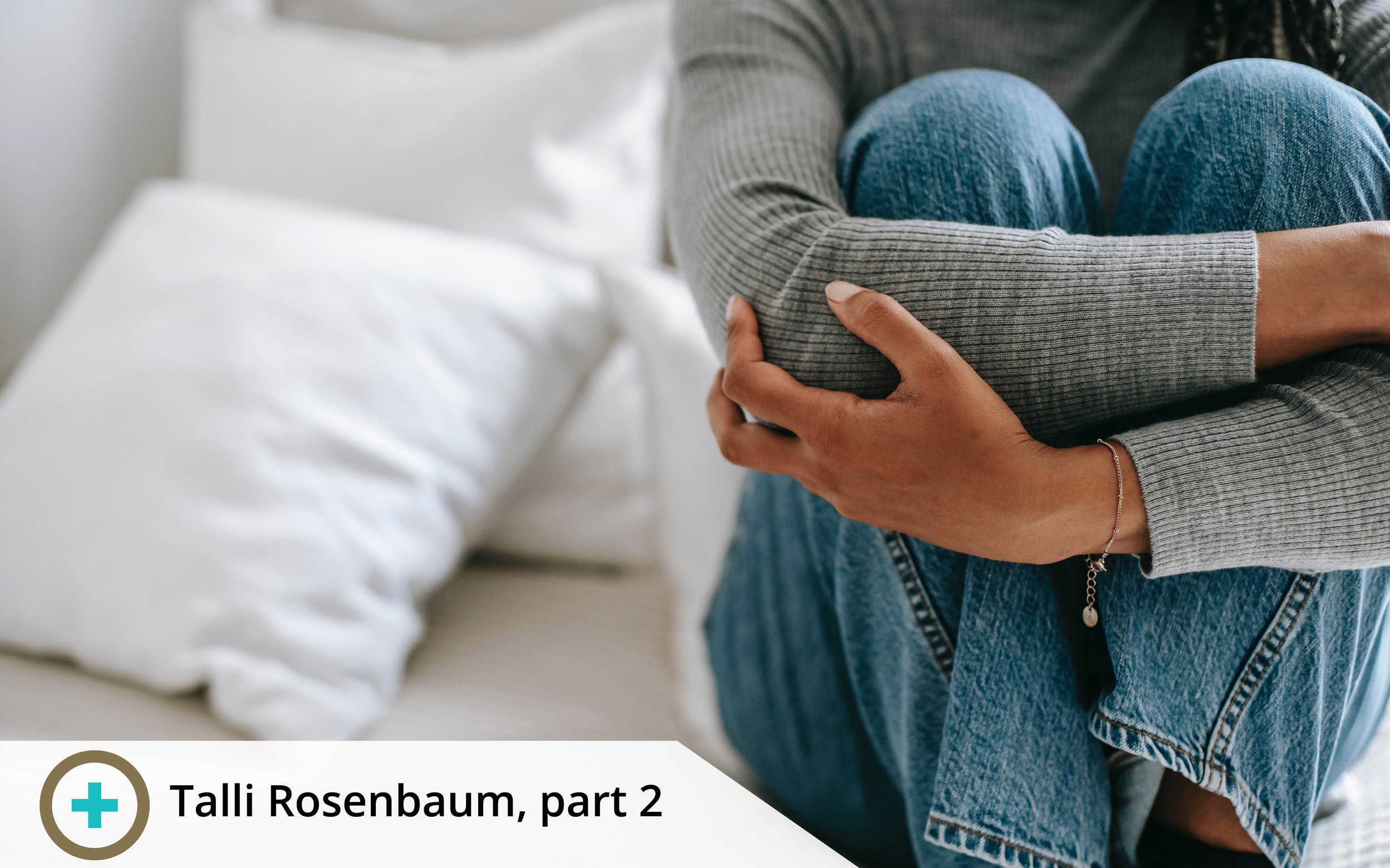Treating Sexual Pain Disorders
In part one of our session on female sexual pain disorders, we discussed what different disorders were and where each stem from. In this post, we’ll cover different treatment options.
Treating Sexual Pain Disorders
As previously stated, treating an individual's pelvic pain means meeting them in their most intimate and vulnerable space and developing a treatment that is unique to them.
The organic or physical pain from sex that may be felt can be diagnosed by a physician, so a physical therapist may be involved with the treatment of sexual pain disorders. Treatment for pelvic pain can include teaching the patient about the anatomy of their body and helping them learn to relax their pelvic floor muscles.
Different techniques can include the use of vaginal dilators to help with penetration and insertion. There can be a disconnect, however, between the use of dilators and arousal which oftentimes uncovers a number of things with the dynamic between a patient and their partner that lead to a need for a bridge between physical therapy and sex therapy.
“Trauma and sexual arousal are just not compatible.”
Other treatments can include psychotherapy, cognitive behavioral therapy and psychoeducation to explain pain to teach why there’s pain. Not knowing where the pain is coming from can cause added anxiety.
Psychotherapy explores the development of self and sexual self while identifying and healing childhood wounds, processing trauma and abuse and the treatment of anxiety, depression and body image issues.
Bridging the Treatment Gap
During physical therapy, a medical professional will look at and examine the pelvis and genitals. Difficulty with this or an inability to undergo examination are defining features of vaginismus and dyspareunia. It’s a therapist's job to work with a patient to work through physical therapy as well.
Talli Rosenbaum’s Mindfulness Protocol includes:
Cognitions (thoughts)
Emotions
Sensations
Reactions (behaviors)
Different thoughts may include “I will never be able to have sex,” “I will never be a mother” or “He will leave me.”
The different emotions one may experience with a sexual pain disorder include things such as a fear of pain, disgust, shame or guilt.
There’s a key difference between what a patient is feeling and how they behave. Typically, women with sexual pain disorders are very hard on themselves so it’s important to teach mindfulness in a way that decreases how much a woman judges herself with a critical voice.
The split between the cognitive self and the emotional self addresses these discrepancies during therapy and allows one’s feelings and sensations to be acknowledged and explored.
Mindfulness
Mindfulness has a recognized role in the treatment of chronic pain and anxiety and sexual dysfunctions. It allows you to recognize how cognitive judgement of your feelings and symptoms negatively affect your symptoms.
Practicing mindfulness allows us to live in our bodies and not in our heads. It also increases relaxation, mental awareness, attention and concentration.
Mindfulness can be used to address anxiety as well as pain.
Each woman is unique. Each feeling and pain disorder is unique. Therefore, each requires a unique form or treatment.
It is important that sex therapists understand and get an idea of what a patient’s experience in physical therapy has been. Fear avoidance and anxiety are significant characteristics of the patient’s response to physical examination, mirroring the sexual setting.
Read part one of our session with Talli Rosenbaum to learn about the different sexual disorders females experience and what contributes to those.
To learn more about the Sex Plus Symposium series and treatment for better sexual health, stay tuned for our upcoming posts.



